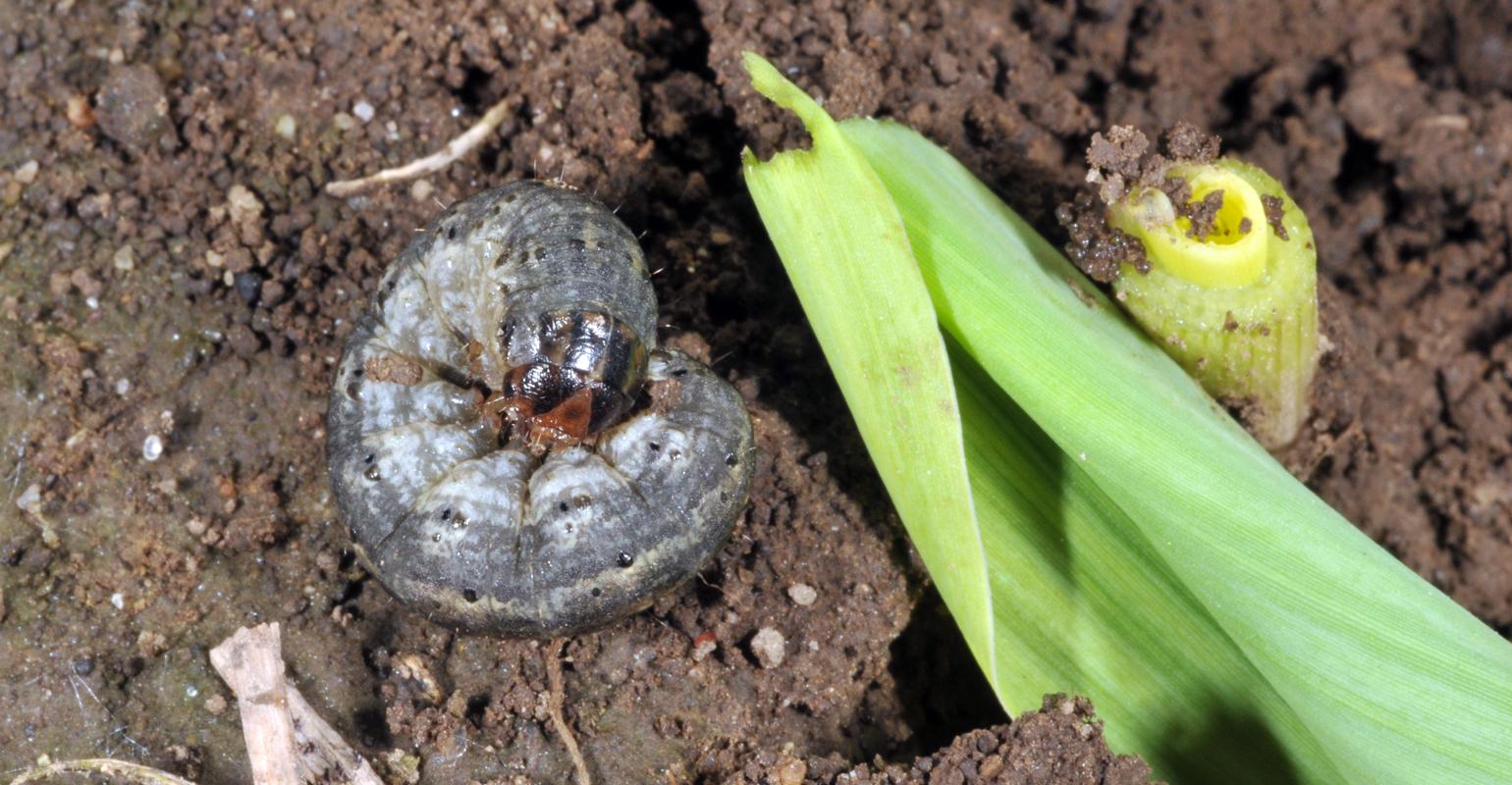Don’t ignore pests like armyworm, cutworm

Corn Pest Beat: Just because you haven’t seen them, doesn’t mean they won’t show up.
Mar 12, 2021
Crop consultants talk about watching for such things as armyworms and cutworms on corn early in the season. We haven’t had these problems. Can we just ignore them? Are there situations where maybe we should pay attention to these or other pests? If so, what could we do if they should show up?
The Indiana Certified Crop Adviser panel includes Gene Flaningam, Flaningam Ag Consulting, Vincennes; Greg Kneubuhler, G&K Concepts Inc., Harlan; and Bryan Overstreet, Purdue University Extension ag educator, Jasper County.
Flaningam: Armyworms tend to seek out heavy grassy areas to lay eggs during the early spring. Corn planted into grass cover crops such as cereal rye or winter wheat need to be heavily monitored. A second option is to apply a preventive insecticide on these fields during planting. Cutworms tend to like corn planted into soybean stubble that has a winter annual weed infestation such as chickweed. Fields with surface-applied manure also need to be monitored for cutworm activity. A second option is to apply a preventive insecticide to these high-risk fields. This may not be the most economical or environmentally sound management decision, but it may be justified if you know these farms are in risk of insect infestations.
Kneubuhler: Every year is different, and certain conditions always have their special needs. That answer somewhat depends on the traits or lack thereof in the corn you’re planting. If you’re planting non-GMO corn, I would be scouting for armyworms and cutworms. Last year was a great example, as we had to treat fields for armyworms in corn early in the season and hadn’t seen that condition for years. So, you can never assume.
You need to be a smart scout. A lot of hybrid traits today control armyworms and cutworms. In that case, I would not be overly concerned with those particular pests. I think the best response here is to understand what trait package you have, and then scout appropriately. If in fact you don’t have a trait package that covers armyworms or cutworms and you reach thresholds, then spraying an insecticide is exactly what I would do.
Overstreet: Even though these pests have not been a problem in the past (for you), I would not ignore them. Often these pests are more of a problem in no-till or in cover crops. They can also be a problem in fields that have winter annuals growing in them, such as chickweed or purple deadnettle, prior to tillage. The economic threshold for black cutworm is 3% to 5% of plants showing damage and two or more larva that are 0.5 to 1.5 inches long per 100 plants. Armyworm threshold is 50% of plants showing fresh feeding with larvae less than 1.25 inches long. Traited hybrids may offer some control in lower infestations. If you do reach the threshold, there are several insecticide options. For a list of insecticide options, use the Corn Insect Control Recommendations, Purdue Extension E-219-W.

